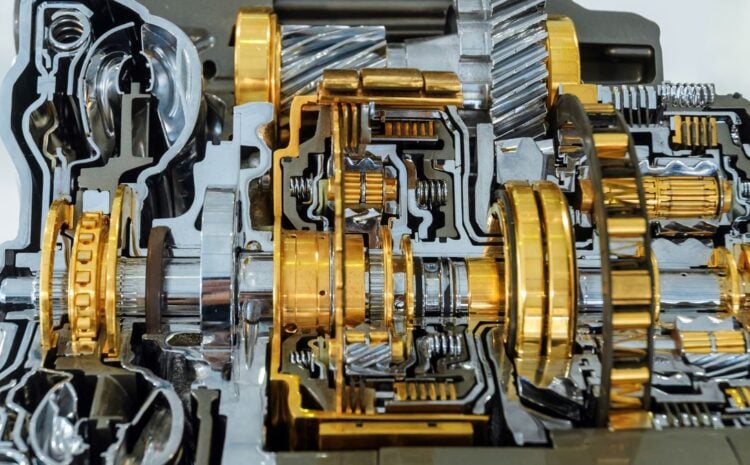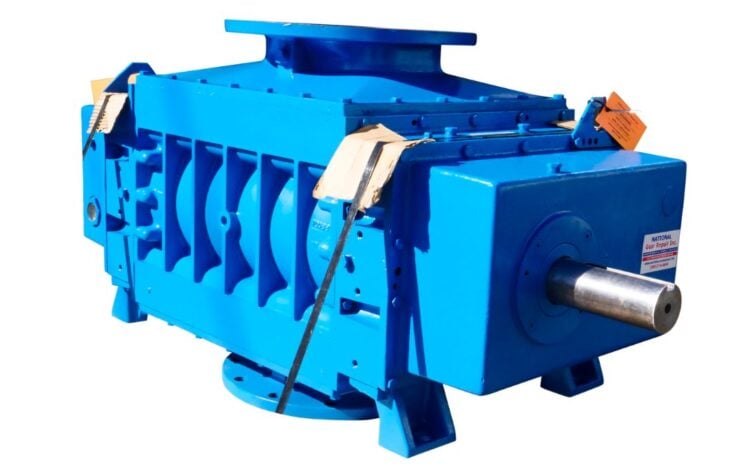A gearbox is a crucial component in any industrial application, designed to transmit power from one component to another. The gearbox selection criteria can make the difference between a system that operates efficiently and effectively and one that is plagued by problems and failures. To make the right selection, it is essential to understand the critical gearbox selection criteria, including torque requirements, speed ratios, and power transmission needs. In this article, we will detail each of these criteria, providing a comprehensive overview of what to consider when choosing a gearbox.
Torque Requirements
An object requires torque to move it, and torque is a measure of the rotational force. A gearbox, determines how much power can be transmitted from one component to the next. The torque requirements for a specific industrial application are dependent on several factors, including the size and weight of the components, the operating conditions, and the desired speed and acceleration. To determine the required torque, it is necessary to perform a thorough analysis of the system, considering all of these factors.
One important factor that affects torque requirements is the size and weight of the mechanical components. For example, if the components are large and heavy, a higher torque will be required to move them. Similarly, the operating conditions, such as temperature, environment, and exposure to corrosive substances, can also have an impact on the torque requirements. For instance, high temperatures can cause the gearbox to expand, reducing its efficiency and requiring higher torque.
Another critical factor that affects torque requirements is the desired speed and acceleration of the system. A system that requires a high speed and acceleration will need a higher torque to meet these requirements, while a system that operates at a slower pace can use a lower torque. To determine the required torque, it is essential to perform a detailed analysis of the system, taking into account all of these factors.
Speed Ratios
The speed ratio of a gearbox refers to the relationship between the input speed and the output speed. It is a critical factor in determining the efficiency and effectiveness of a system, as it affects the speed of the output component. We will determine the speed ratio based on the desired output speed and the available input speed, as well as any other constraints or requirements of the system.
When selecting a gearbox, it is important to consider the desired speed and acceleration of the system, as well as the available input speed. For example, if the system requires a high output speed, a gearbox with a high-speed ratio may be necessary to meet these requirements. On the other hand, if the system operates at a slower pace, a lower speed ratio may be sufficient. To ensure system efficiency, a gearbox must take into account all of these factors.
Power Transmission Needs
The power transmission needs of an industrial application are another critical factor to consider when selecting a gearbox. The power transmission needs will depend on the size and weight of the mechanical components, the operating conditions, and the desired speed and acceleration. Performing a thorough system analysis, taking into account all relevant factors, determines the power transmission requirements.
For example, a gearbox with a high power transmission capability will be necessary if the system requires a high output speed and acceleration. On the other hand, if the system operates at a slower pace and requires a lower output speed, a gearbox with a lower power transmission capability may be sufficient. It is essential to take all of these factors into account when choosing a gearbox, to ensure that the system operates efficiently and effectively.
Conclusion
When selecting a gearbox for an industrial application, it is essential to consider the torque requirements, speed ratios, and power transmission needs. Each of these criteria plays a critical role in determining the efficiency and effectiveness of a system. By thoroughly analyzing the system and taking all of these factors into account, you can ensure that you make the right selection.
In addition to these criteria, other factors that should be considered when choosing a gearbox include reliability, durability, and cost. A reliable and durable gearbox can help reduce maintenance and repair costs, ensuring that the system operates efficiently for an extended period. Cost is also a critical factor, as it can affect the overall cost of the system. By considering all of these factors, you can make an informed decision and choose a gearbox that meets your specific needs and requirements.
Finally, working with a reputable supplier who can provide expert advice and guidance throughout the selection process is essential. An experienced supplier can help you understand the various gearbox options and make an informed decision based on your specific requirements and needs.
By understanding the critical gearbox selection criteria, you can make an informed decision and choose a gearbox that meets your specific requirements and needs. With the right gearbox, you can ensure that your industrial application runs efficiently and effectively to meet your goals.



